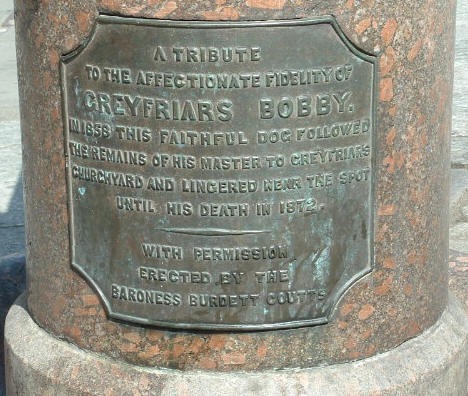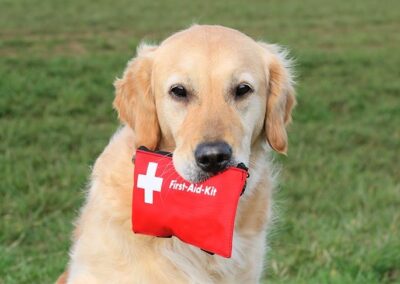In the foggy streets of 19th-century Edinburgh, a night watchman named John Gray, known to locals as “Auld Jock,” patrolled the city with his loyal Skye Terrier, Bobby. Through rain, snow, and the biting Scottish cold, they were inseparable companions.
But in 1858, tuberculosis claimed John’s life. He was laid to rest in Greyfriars Kirkyard. Bobby, refusing to accept his master’s absence, took up a vigil beside the grave. Day and night, through the harshest weather, the little dog stood guard.
The cemetery’s caretaker tried to shoo him away, but Bobby always returned. Eventually, the community embraced him. Locals provided food, and one even built a shelter for him near the grave. At the sound of the daily one o’clock gun, Bobby would leave briefly to eat, then return to his post.
In 1867, a new law required all dogs in Edinburgh to be licensed. Without an owner, Bobby was at risk. Sir William Chambers, the Lord Provost of Edinburgh, stepped in, paying for Bobby’s license and giving him a collar inscribed: “Greyfriars Bobby from the Lord Provost 1867 Licensed.” This collar can still be seen today at the Museum of Edinburgh.

For 14 years, Bobby maintained his vigil until his own death in 1872. He was buried near his master’s grave, a testament to his unwavering loyalty.
Moved by Bobby’s story, philanthropist Lady Angela Georgina Burdett-Coutts commissioned a statue in his honor. Unveiled in 1873, the bronze statue stands near Greyfriars Kirkyard, depicting Bobby in eternal watch. It’s become one of Edinburgh’s most cherished landmarks.
Over the years, Bobby’s tale has inspired books, films, and countless visitors. His story serves as a poignant reminder of the deep bond between humans and their canine companions.
So, if you ever find yourself in Edinburgh, visit Greyfriars Kirkyard. Pay your respects to a little dog whose love and loyalty transcended death.



